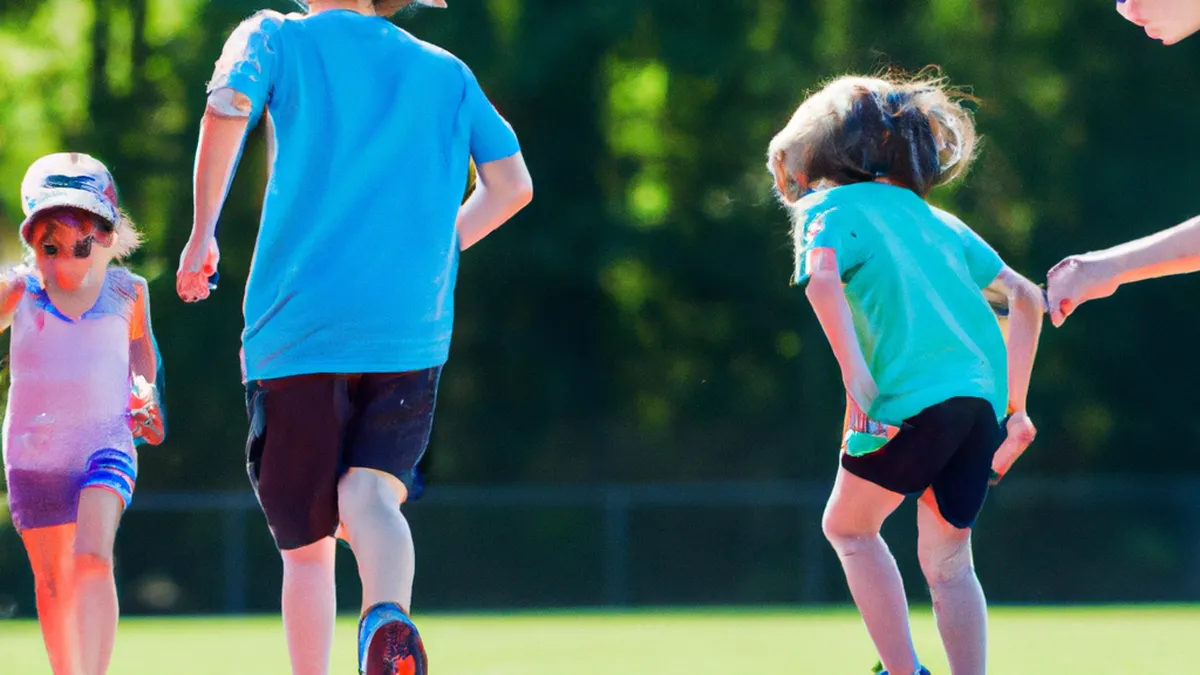Reassess Training Routines to Avoid Injuries
Addressing Injury Risks in Female AthletesFemale athletes face unique sports challenges, including specific injury risks. Understanding these risks enhances performance, promotes health, and supports women in athletics. This blog explores common injuries, prevention tips, and benefits of proactive measures.
Common Injuries in Female Athletes
Injuries vary by sport, but some occur frequently among female athletes. Recognizing these injuries helps in prevention.
Anterior Cruciate Ligament (ACL) Injuries
ACL injuries rank among the most common for female athletes. Studies show females face up to six times greater risk of ACL tears than males. This risk increases in sports involving jumping or quick direction changes, like soccer, basketball, and gymnastics. Anatomical differences, muscle strength variations, and hormonal factors contribute to this heightened risk. These characteristics raise knee injury likelihood, especially during hormonal fluctuations like the menstrual cycle.
Stress Fractures
Female athletes often experience stress fractures, particularly runners, dancers, and gymnasts. Repetitive stress on bones causes these injuries, worsened by factors like poor nutrition and overtraining. Low body weight and irregular menstrual cycles can reduce bone density, increasing stress fracture vulnerability.
Tendonitis
Tendonitis commonly affects female athletes, especially in the knee, shoulder, and Achilles tendon. Overuse, poor technique, and inadequate conditioning lead to tendonitis, causing pain and performance decline. Biomechanical differences between females and males may also contribute to tendonitis risk.
Other Common Injuries
Female athletes may also face ankle sprains, hip injuries, and lower back pain. These injuries often arise from poor conditioning, inadequate warm-up routines, and insufficient recovery.
Tips for Preventing Injuries
As an Amazon Associate I earn from qualifying purchases.
Gear tip: consider basketball, stretching strap, and yoga blocks to support this topic.
Proactive steps can significantly reduce injury risks. Here are effective strategies for female athletes:
Strength Training
Incorporate strength training to build muscle, improve stability, and enhance athletic performance. Focus on exercises that target legs, hips, and core. Squats, lunges, and deadlifts strengthen key muscle groups supporting joint stability. Resistance training also addresses muscle imbalances that contribute to injuries.
Flexibility and Balance
Improving flexibility and balance is crucial for injury prevention.
Conclusion
In summary, understanding injury risks and adopting preventive measures can greatly benefit female athletes.
Below are related products based on this post:
FAQ
What are the most common injuries faced by female athletes?
Female athletes commonly experience injuries such as ACL tears, stress fractures, and tendonitis. ACL injuries are particularly prevalent, with females at a significantly higher risk compared to males. Other injuries include ankle sprains, hip injuries, and lower back pain, often resulting from inadequate conditioning and warm-up routines.
What factors contribute to the higher risk of ACL injuries in female athletes?
Anatomical differences, variations in muscle strength, and hormonal factors contribute to the increased risk of ACL injuries in female athletes. These risks are heightened in sports that involve jumping or rapid changes in direction, such as soccer and basketball. Hormonal fluctuations during the menstrual cycle can further raise the likelihood of knee injuries.
What preventive measures can female athletes take to reduce injury risks?
Female athletes can significantly reduce injury risks by incorporating strength training, improving flexibility, and enhancing balance. Targeting key muscle groups through exercises like squats and lunges helps build stability and addresses muscle imbalances. Additionally, focusing on proper conditioning and warm-up routines is essential for overall injury prevention.















Post Comment